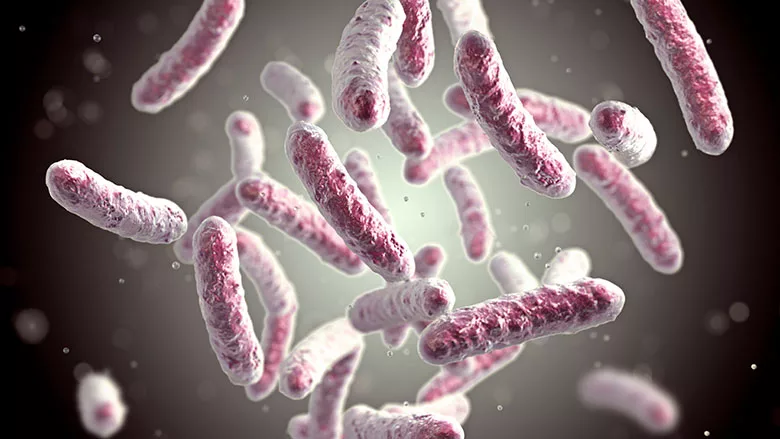Study Observes Two Decades of E. coli Evolution

Credit: Dr_Microbe/iStock / Getty Images Plus via Getty Images
The U.S. Department of Agriculture’s Agricultural Research Service (USDA ARS) recently published a study that observed a population of 181 shiga toxin-producing Escherichia coli (STEC) O157:H7 strains over a period of 23 years. The study aims to understand how STEC O157:H7 populations evolve over time and provide context into strain relatedness in foodborne illness outbreak investigations. STEC O157:H7 is of particular concern as it can cause serious, and sometimes fatal, foodborne illness.
STEC O157:H7 is known to reside in cattle feedlots. The retrospective study collected data from a closed-system feedlot at the U.S. Meat Animal Research Center. All 181 strains collected in the study were subjected to short-read sequencing, and a subset of 36 strains were also subjected to long-read sequencing.
The study’s findings suggest that diverse subpopulations of STEC O157:H7 can coexist in the same ecological niche, and that strains may be persistent for a long period of time within the same feedlot. Four distinct clades (groups) of the pathogen were observed, with six strains not classified into one of the four main clades. The existence of the six outlier strains in the study could also reveal what happens when a less competitive strain is introduced from an outside source and is unable to compete with resident strains.
Furthermore, large-scale genome rearrangement was observed with each clade. Genomes were evaluated for recombination and structural differences within each clade. Clades were also observed to evolve at different rates. This observation suggests that the rate of evolution between strains can vary, even within serotype and ecological niche. This is especially relevant to long-term pathogen tracking as it relates to public health.
Additionally, clades were observed to both share core genetic composition and carry diverse elements that may or may not be shared. This observation raises questions about when elements should be considered part of the core genome. Within the 36 strains subjected to long-read sequencing, 718 prophages were identified; each strain contained an average of 20 phages. Three phages were found in all genomes. A prophage is a type of virus that infects bacteria, is harmless to its host bacteria, and can affect its host bacteria in a number of ways (such as increasing the bacteria’s virulence or survivability).
Finally, the study compared its findings with other available data to contextualize the results in a broader food safety perspective. The comparisons suggested that foodborne illness outbreak investigation algorithms can be reproducible.
Looking for quick answers on food safety topics?
Try Ask FSM, our new smart AI search tool.
Ask FSM →









